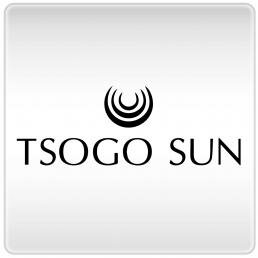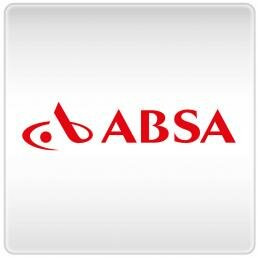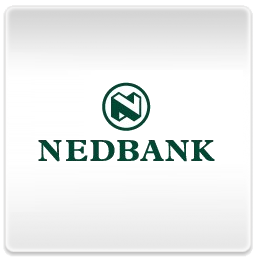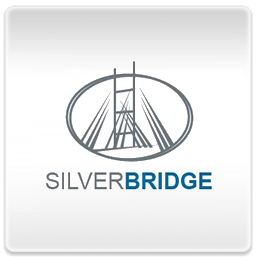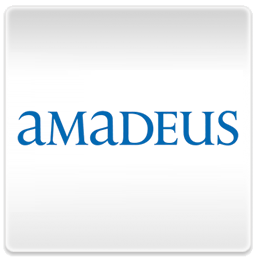THE 5 PR BRICKS – What they are and how they relate to social
Submitted by Simone Carter on Thu, 2013-12-05 14:28
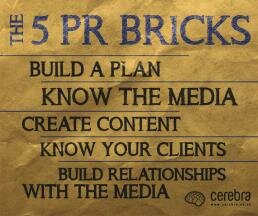
Over the past few years, press conferences have become Twitter chats, reporters have become bloggers, news clips have become news links, press kits have become content, and user feedback has become a social media conversation. However, no matter how much technology changes (and will continue to change) the way that we communicate, the basic principles of media communication remain the same.
Developed by Cerebra’s Managing Director, the 5 PR bricks are the fundamental pillars for becoming the ultimate PR consultant and knowing where to add value so that clients keep coming back for more. Of course, it’s not as easy as just knowing what they are; it’s up to you to follow through with each one of them.
In no particular order, these are the five PR bricks:
- Know the media
- Know your clients
- Build a plan
- Create content
- Build relationships with the media
Know the media
Knowing the media involves knowing the different types of media, such as radio and TV presenters, producers, writers and editors, the target audience for different publications and different verticals, such as sports, lifestyle, finance, business media etc. Additionally, ensure that you understand media reach and the relevant journalists and authors for each publication.
Knowing the media is important because it will enable you, as a PR consultant, to develop and deliver content relevant to the identified outlet. Content that fits. By knowing different media personalities and their preferences you will be able to adapt and repurpose content. Additionally, knowing the media enables us to evolve with the media, which is important because being a good PR consultant means being agile and keeping up to speed with changes in the media landscape.
How do I know the media? Simple, you do this by staying in contact and immersing yourself in the environment. Much like a relationship that you have with your friends, you have to take the initiative and ask questions about what they’re up to. This same dynamic needs to be applied with the media. It’s not up to journalists to ‘spoon-feed’ you and ensure that you gain understanding into articles that they are busy writing. In fact, they owe you nothing. It’s up to you to search for opportunities and gain greater understanding into projects that they have undertaken. Ask questions; ask them what they’re working on. Put yourself in their shoes, and give them content they can use. Most importantly, don’t waste their time.
Know your clients
Knowing your client includes understanding their products and services, their goals and objectives, competitors, influencers, key contacts, their perception of value; essentially, what they do and how they do it.
By understanding your client and the market in which they operate, you will gain a better understanding in where and how you can add value, as well as help them realise where they should be adding value. For example, clients can not only add value by providing great customer service, but also by taking audiences behind the scenes and giving them insight into the R&D conversation or by sharing the latest industry news, ultimately involving customers in the process.
Knowing your clients will empower you to create insightful strategies in order to better position them in the market. With a comprehensive understanding of your client comes insight and knowledge into delivering what the client needs, as opposed to what they want. Your goal is to be seen as a trusted advisor.
How do you do this? Get your geek on. Do your research. Personally liaise with your client, but not just your direct liaison, engage with the different departments, phone the call centre, check out their social profiles and so on. Then Google them, and everything that relates to them. Simple. Again, it’s up to you to broaden your understanding into what they offer and what they aim to achieve.
Build a plan
Well, before you build a plan, build a strategy. A strategy provides a business with the roadmap it needs to pursue a specific strategic direction. Essentially, a strategy forms the foundation of the plans and content. The strategy communicates the entire vision, what needs to be achieved and how.
After a strategy has been developed, build a plan. The plan should define how goals could be achieved through the various identified tactics. A plan is important because it will create structure. Structure from which to work helps to keep you on track and knowledgeable about what goals need to be achieved, thus improving delivery. Structured plans also enable us to measure whether actual outcomes are the same as expected outcomes, as well as measure whether goals were achieved. Basically, plans provide a way to measure success, and give us a better understanding of how to tweak the roadmap if the identified goals are not achieved.
Working according to a plan means using planning documents for all work. These planning documents will ensure that you understand goals and objectives both for yourself, and for your client. For example, working against a cost estimate to evaluate how many hours need to be worked on the client, or working against a project plan which maps out the project deliverables over the short/long term.
Create (amaaaaazing) content
Creating amazing content means creating relevant content that not only communicates the client’s message, but also communicates messages that the media want at a level that they require. Not forgetting content that readers also want.
Content is the most obvious reflection of our ability. Only the BEST content gets coverage and receives respect from editors, the audience and most importantly, the client.
An important part of creating good content involves remembering that good content speaks “with”, not “to”, and knowing what the expected outcome will be. Creating (amaaaaazing) content isn’t always easy, however, knowing the media that you are writing for will make the job a bit easier because it gives you clearer direction on what you have to achieve.
Journalists don’t have time to waste listening to you pitch a story that they won’t be interested in, nor will they bother to read your release, hence, do your research first. Also, write for the client and the media by integrating messages accordingly. Kill two birds with one stone by ensuring that client messages are consistent across all platforms – it’s just a matter of repurposing content and adapting where necessary. Additionally, preparing spokespeople to add value will add credibility to content, and if messaging requires substance, expert opinion is always good to include.
Lastly and most importantly, hit deadlines. The media are deadline driven and you failing to send a release or pitch within a specific time period could mean a missed opportunity or an invitation for someone else to come along and present their ideas. Everyone has deadlines, whether related to print deadlines or article relevance on the day, the same applies with social – ensure that you get good content out there before another brand steals the spotlight. Good content is also time sensitive.
Build relationships with the media
There’s a big difference between knowing the media and the differences between publications, and having a personal relationship with an editor or journalist from a publication.
Better media outcomes stem from strong relationships. Pitching is made easier and the media will learn to come to you for content. You do this by providing awesome content and by not annoying them - keeping in mind that good relationships do take time to build.
… But what’s missing?
AN UNDERSTANDING.
The truth is that although these five pillars focus on PR, they relate to most careers within the communication industry, thus meaning that Social and PR pillars are one in the same.
At the end of the day, each and every one of us has the responsibility to know our clients and the landscape in which they operate, as well as create content that resonates with our client, the media, and most importantly, our audience.
